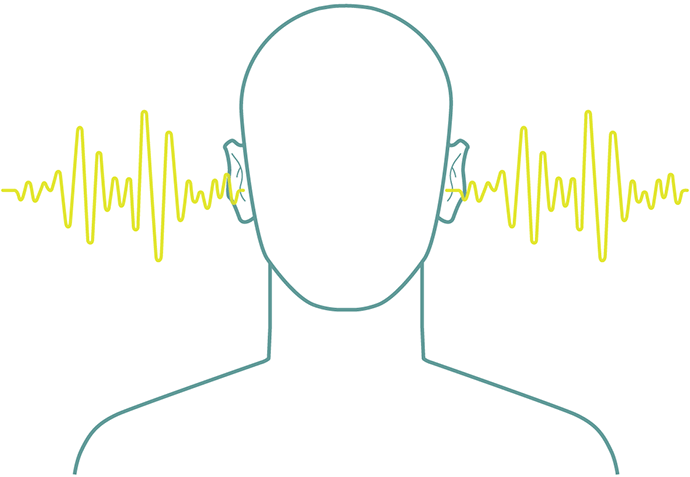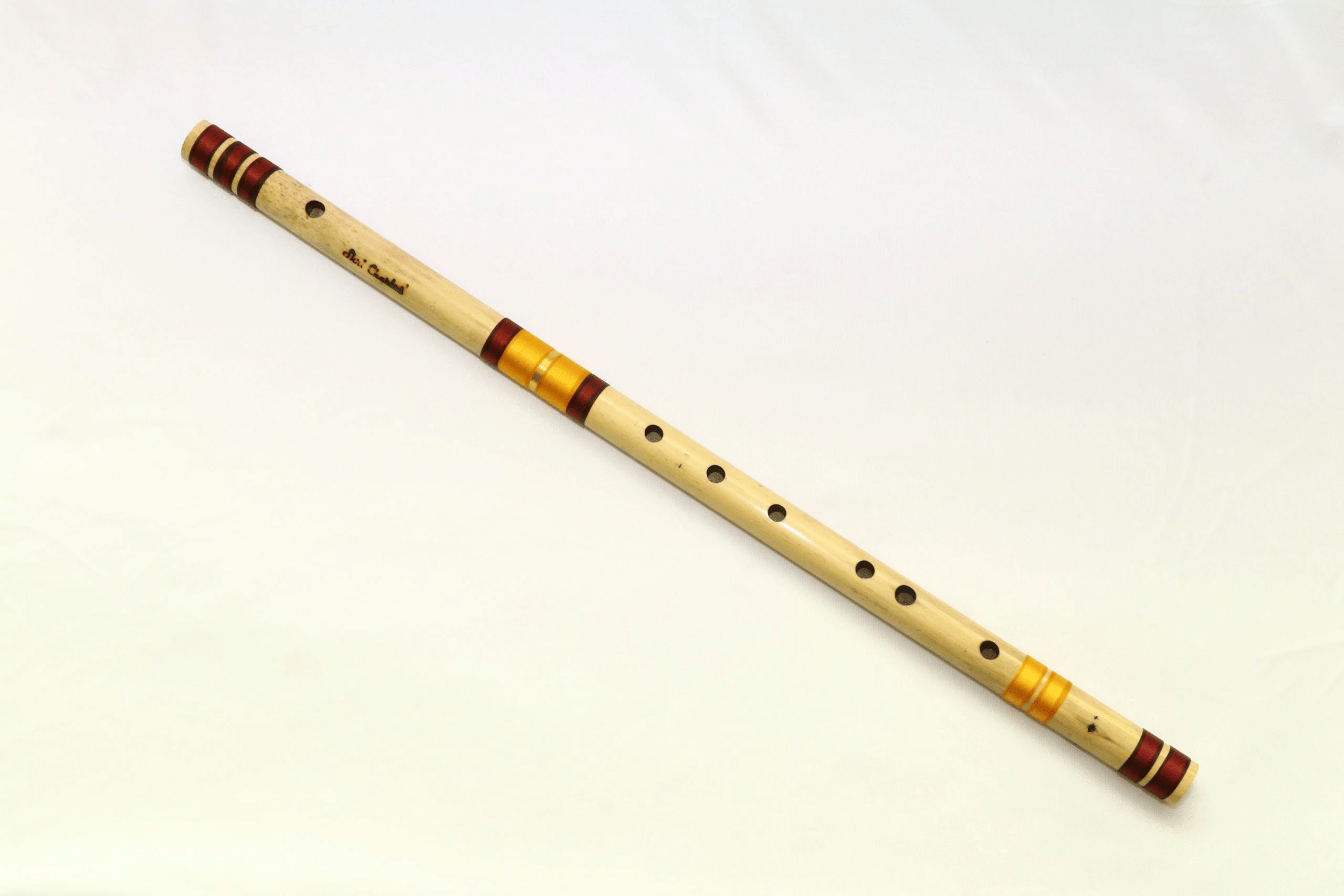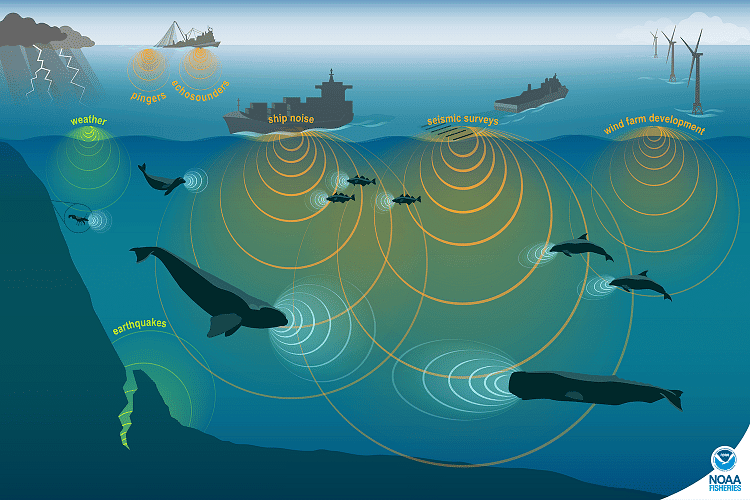Very Short Answers - Sound, Science, Class 8 | Science Class 8 PDF Download
Very Short Answer Type Questions
Q1: What is sound?
Ans: Sound is a form of energy produced by vibrating objects.
 Ear
Ear
Q2: How do we hear sound?
Ans: Sound waves travel through the air and reach our ears, where they are converted into signals for the brain.
Q3: What happens to an object when it produces sound?
Ans: It starts vibrating.
Q4: Why does a flute produce sound?
Ans: A flute produces sound because of vibration in its air column.
 flute
flute
Q5: What role does the larynx play in sound production?
Ans: The larynx, or voice box, produces sound through the vibration of vocal cords.
Q6: What happens to the vocal cords to produce a high-pitched sound?
Ans: The vocal cords are tight and thin to produce a high-pitched sound.
Q7: What is required for sound to propagate?
Ans: Sound needs a medium, such as solids, liquids, or gases, to propagate.
Q8: What happens to sound in a vacuum?
Ans: Sound cannot travel through a vacuum because there is no medium.
Q9: How does the ear drum help us hear sound?
Ans: The ear drum vibrates when sound waves strike it, sending signals to the brain.
Q10: What determines the amplitude of a sound wave?
Ans: The distance from the normal to the peak of the wave determines its amplitude.
Q11: What is frequency in the context of sound?
Ans: Frequency is the number of vibrations or oscillations per second.
Q12: How is loudness of sound measured?
Ans: Loudness of sound is measured in decibels (dB).
 Noise
Noise
Q13: What affects the pitch of a sound?
Ans: The frequency of the sound wave affects its pitch.
Q14: What is the audible range of sound for humans?
Ans: Humans can hear sounds with frequencies between 20 Hz and 20,000 Hz.
Q15: What is noise pollution?
Ans: Noise pollution is unwanted or excessive sound that can cause health problems.
Q16: How can noise pollution be controlled?
Ans: Noise pollution can be controlled by reducing noise at the source, using silencers, and planting trees.
Q17: What are some health effects of noise pollution?
Ans: Noise pollution can cause hearing loss, stress, and sleep disturbances.
Q18: What is an example of an inaudible sound?
Ans: Sounds with frequencies below 20 Hz or above 20,000 Hz are inaudible to humans.
Q19: How do aquatic animals use sound?
Ans: Aquatic animals communicate using sound waves that travel through water.

Q20: What is the difference between noise and music?
Ans: Noise is unpleasant and random, while music is pleasant and follows specific patterns and rhythms.
|
90 videos|415 docs|44 tests
|
FAQs on Very Short Answers - Sound, Science, Class 8 - Science Class 8
| 1. What is sound? |  |
| 2. How is sound produced? |  |
| 3. What is the speed of sound in air? |  |
| 4. How is sound measured? |  |
| 5. How does sound travel through different mediums? |  |






















